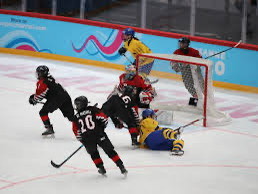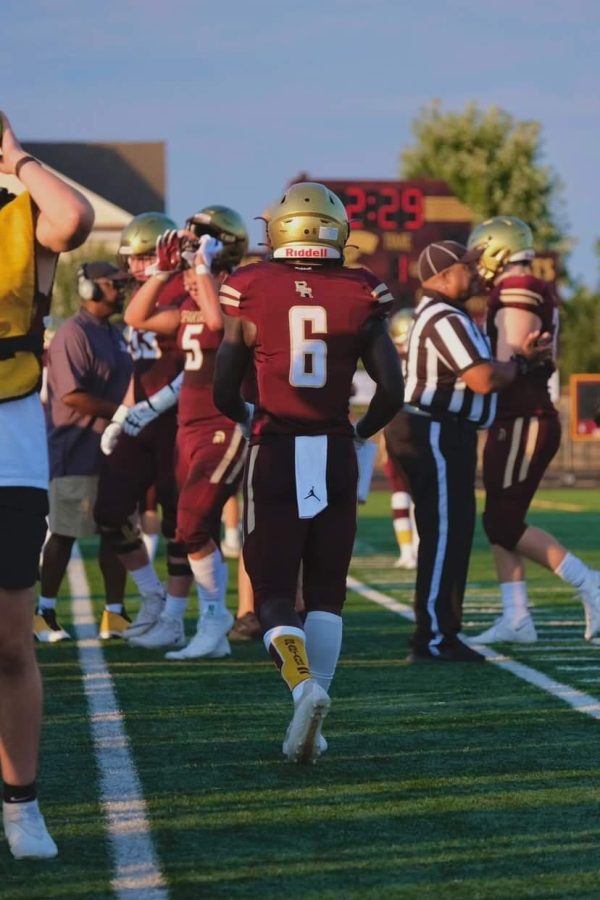It’s “the flag flippy thing in the marching band” and so much more. Color guard, combining dance, marching, and spinning flags and rifles, is a performing art associated with the visual elements of the band. Between a welcoming community and a fun and challenging activity, the opportunities for great memories are endless.
Often tied with military tradition, color guard, in many contexts, is a ceremonial role, where a few people present the flag of their country or group. Military color guards also traditionally use sabres and rifles with bayonettes ceremonially. Marching band color guards drop the bayonettes but keep the rifles and flags. The purpose of color guard in a modern marching band is to add visual flair to the show and break up the monotony of the entire rest of the band in the same uniform. The spectacle is achieved by spinning, tossing, and doing tricks with flags and rifles but also by dancing and even acting; the color guard is often tasked with playing a character that matches with the theme of the show. For example, this year, the color guard portrayed vampires terrorizing a town.
It’s intimidating to start a new extracurricular, especially one that you’re unfamiliar with, but color guard really is an activity for anyone. Many people look at color guard and think, “I could never do that, I’d get a concussion,” believing that there’s some level of innate coordination that you need. However, both the coordination and the stamina required to perform a whole show are things that you can train. One way to get an experience of color guard is with the spring practices on 4/30, 5/2, and 5/7, from 4:30-6:00 pm. They start in the band room, and are open to anyone who wants to get a taste of what the activity is like by learning basic techniques. It’s no commitment at all, and is a great way to test out if you might be interested.
“It’s something that anyone who has motivation and wants to learn something new would enjoy,” said junior Hazel Hargrave, color guard captain from this season. “I went in not knowing anything, and now I’ve learned a lot more, so if you have the motivation and are willing to try, you can learn how to do it.” Guard, as well as marching band, is a friendly environment that invites new people in with open arms. Ask just about anyone involved in marching band, and they will tell you that the community is accepting and welcoming. “Everyone’s kind of friends with everyone. When I joined I felt very accepted,” Hargrave said. Although some people might call band a “cult,” band members know it’s a family. This goes doubly for color guard, as there are so few people; they’re usually together for most of any practice, making guard a very tightly knit section. Learning tricks together, like rolling the flag around your body and spinning while a toss is in the air, is a unique bonding experience that really makes you feel like part of a team.
Color guard has a lot of appeal and really can be enjoyed by anyone who’s willing to put in the effort. Being a part of a community and getting involved with school activities is truly a special thing, and getting into every home football game for free is a nice bonus as well. Color guard has no tryouts and practically no requirements to join, so why not at least give the spring practices for this underappreciated activity a try?





























